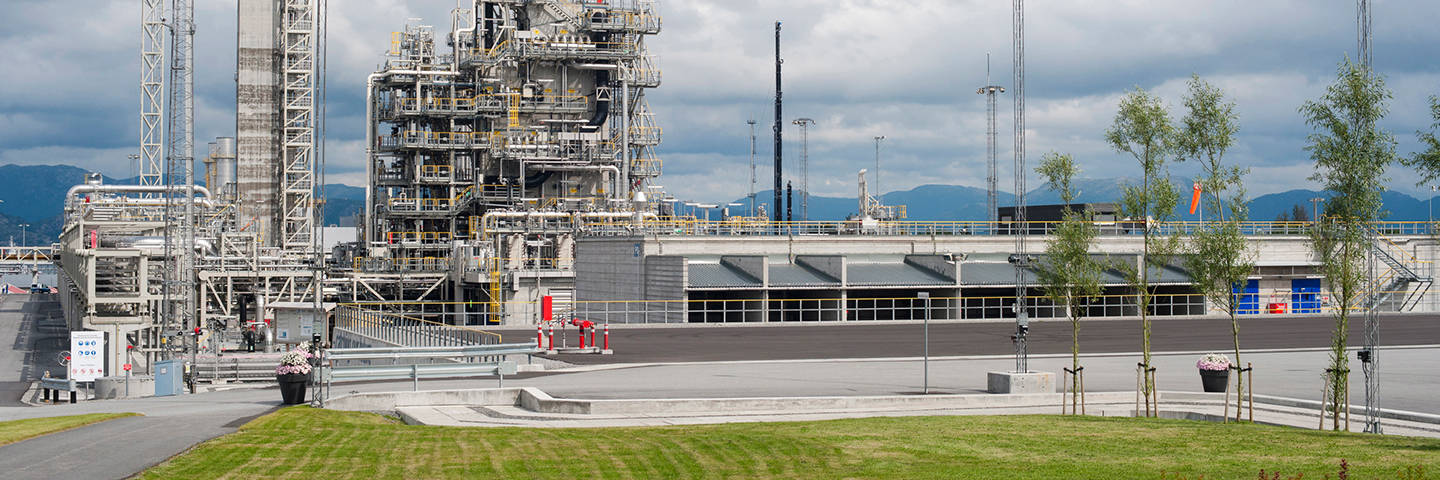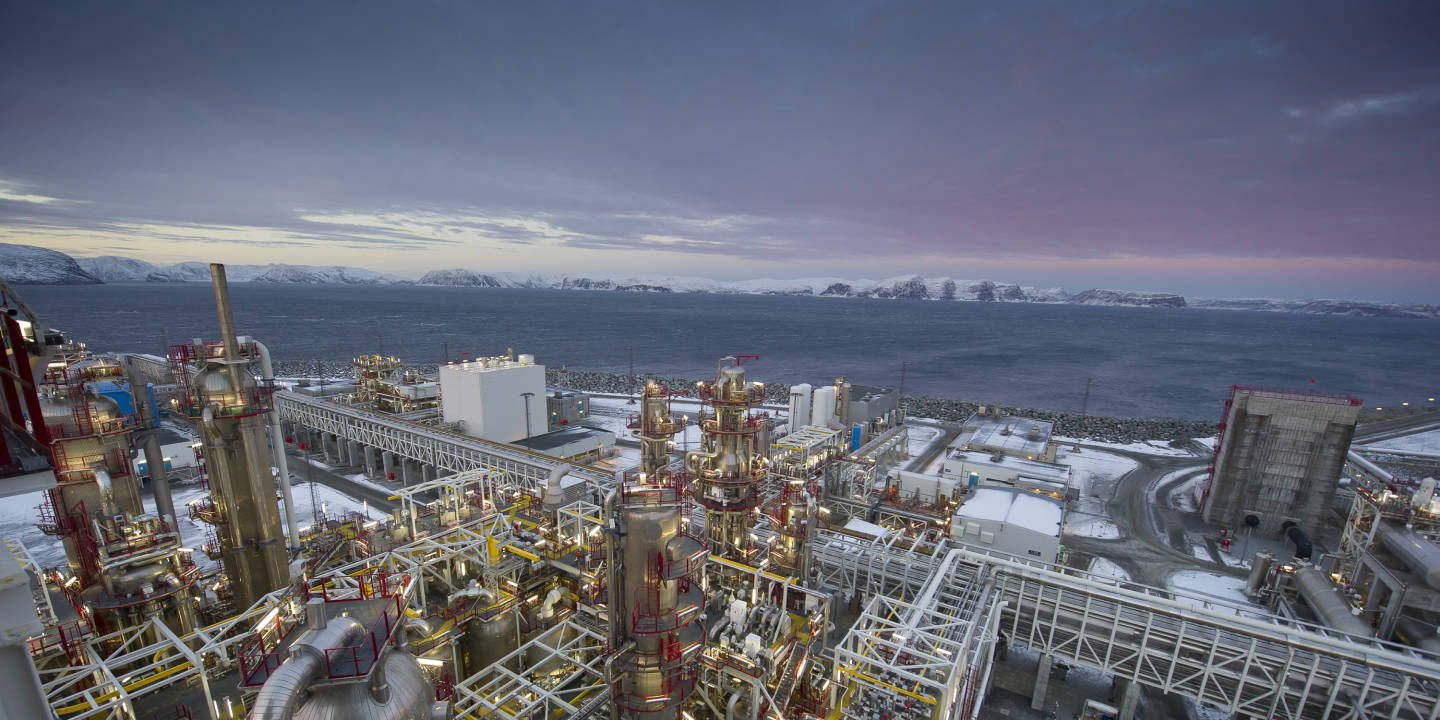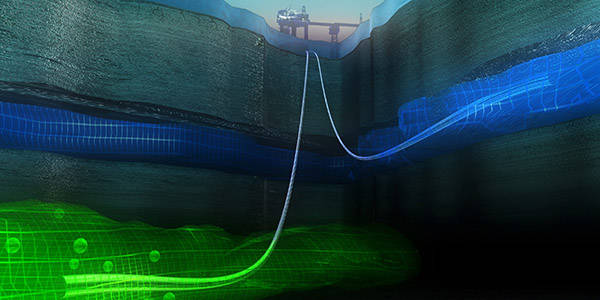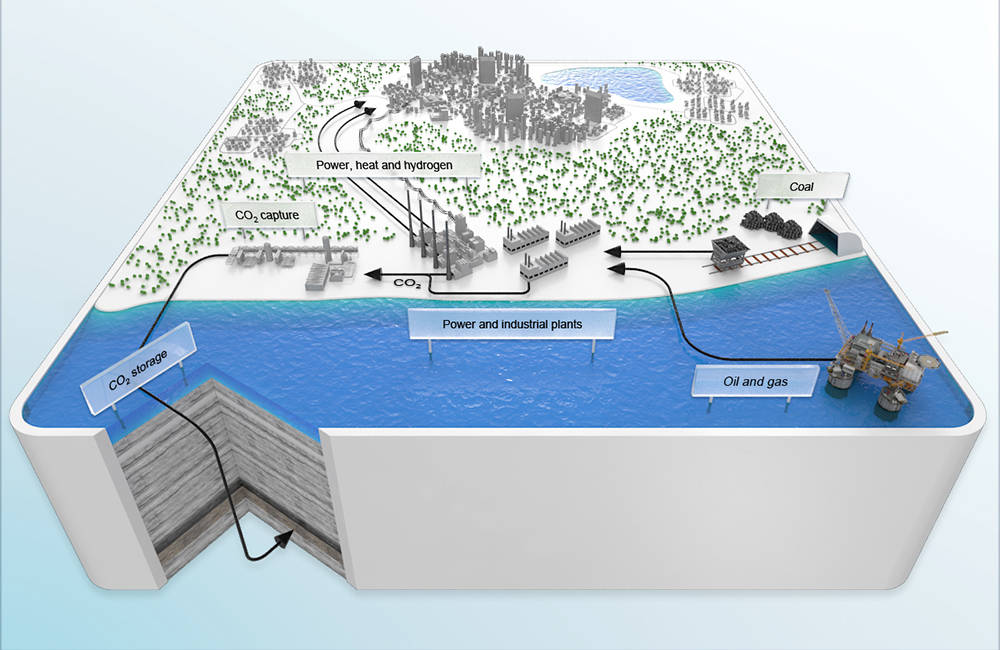According to the UN Panel on Climate Change, the capture, transport and storage of CO2 emissions from the combustion of fossil energy and industrial production is crucial in order to reduce the world's greenhouse gas emissions. There are several CCS projects in operation worldwide. However, CCS is still expensive, and there is a need for additional technological development. The work on CCS is therefore largely related to the development of technology and the facilitation of cost reductions. For some industries, especially cement production and waste incineration, the capture and storage of CO2 is the only way to significantly reduce greenhouse gas emissions.
The Norwegian Parliament (Stortinget) has decided to support the realization of Longship, Norway's full-scale project for CCS, and the project is currently under construction. Norway has suitable conditions for facilitating the capture, transport and storage of CO2. If we succeed in capturing and storing CO2, it will be significantly cheaper to achieve the climate goals. Longship contributes in making this more feasible and less costly.
In later years, there has been an increasing interest inn CCS both in Europe and Norway. More countries and companies investing in, and developing, CCS solutions are necessary for CCS to become an effective climate measure.
CO2 management involves capturing, transporting and storing CO2 from power production or industrial processes. The term Carbon Capture and Storage (CCS) is widely used.
The purpose of CCS is to limit the quantity of CO2 emissions released into the atmosphere by capturing CO2 and then storing it securely.
Capture
CO2 can be captured from flue (waste) gases at power plants and from industrial production. CCS is used in production of blue hydrogen, which consists of steam reforming of natural gas and capturing and storing the CO2 emissions produced. It is also possible to separate CO2 directly from natural gas during processing to achieve the required quality before the gas is transported to customers by pipeline or ship. Additionally, CO2 can be extracted directly from air, so-called direct air capture (DAC). Capturing CO2 from flue gas is more expensive than capturing CO₂ from natural gas. DAC is the most expensive of these technologies.
There are several available technologies for capturing CO2 from flue gas, and some of these are being tested at the technology centre for CO2 capture at Mongstad. The world's first full-scale facility for CO2 capture from coal power opened in Canada in October 2014. More information on various capture methods can be found here.
Transport
CO2 in larger quantities can be transported by pipeline or by ship. The best option generally depends on the quantity of CO2 to be transported and the distance between the CO2 source and storage site. Transport by ship is better suited to smaller quantities and greater distances, whereas transport by pipeline transport is better suited to larger quantities and shorter distances.
Storage
There is significant potential for large-scale storage of CO2 under the Norwegian continental shelf, and it is vital to ensure that the CO2 does not leak from where it is stored. Thus, storing CO2 under the seabed is the most secure option in Norway. There are large geological formations at great depths under the seabed that provide suitable pressure and temperature conditions preventing the CO2 from moving up the rock and sand layers towards the seabed. The Norwegian Offshore Directorate has compiled a CO2 storage atlas for the Norwegian continental shelf.
Norway has extensive experience with CO2 management. Since 1996, CO2 from gas production on the Norwegian continental shelf has been captured and reinjected into sub-seabed formations. The CO2 management projects at Sleipner and Snøhvit are the only CO2 management projects in operation in Europe today and are unique in the offshore industry:
- Since 1996, nearly one million tonnes of CO2 per year have been separated during processing of natural gas from the Sleipner Vest field, and stored in the Utsira formation.
- Since 2019, CO2 from natural gas production at the Utgard field has also been separated out at the Sleipner Vest platform and stored in the Utsira formation.
- Since 2008, the Snøhvit facility on Melkøya has been separating CO2 from the well stream before the gas is chilled to produce liquefied natural gas (LNG). The CO2 is transported back to the Snøhvit field by pipeline and injected into a subsea formation. During normal operations, up to 700 000 tonnes of CO2 a year is stored here.
Longship
In autumn 2020, the Parliament agreed to a funding model and the conditions for further project development of Longship. Longship is the largest climate technology investment in Norwegian industry. The projects aims to provide knowledge showing that CCS is safe and feasible, reduce barriers and costs for future projects, and facilitate learning and experience related to regulation and incentivization of subsequent CCS activities. If successful, Longship can contribute to large-scale CCS, which can be an important measure against climate change.
Longship is an industrial project with potentially large ripple effects both in Norway and around the world. If large-scale carbon capture and sub-seabed storage on the Norwegian continental shelf is successful, it can both secure jobs and create new ones. In addition, it can be an important tool for reducing greenhouse gas emissions from high-emission industries, such as the cement or wate industry.
The total cost estimate for Longship (investments and 10-year operating costs) is a total of approximately NOK 28 bn. The government’s share of expected investments and operating costs is estimated around NOK 18 bn.
The implementation of Longship is ongoing in line with Meld. St. 33 (2019-2020).
Longship consists of three parts that together constitute the state-funded project Longship; capture, transport and storage of CO2:
- Norcem will capture CO2 from its cement factory in Brevik. From Brevik, the CO2 will be transported by ship to a new reception terminal in Øygarden in Hordaland. Then, the CO2 will be sent through pipelines and permanently stored in a geological formation about 2,600 meters below the seabed. The construction of the carbon capture project at Norcem is well underway.
- Hafslund Oslo Celsio (previously Fortum Oslo Varme) will capture CO2 from flue gas at the waste incineration facility in Oslo. About 400 000 tonnes of CO2 will be captured each year, transported to the port of Oslo and then by ship to the storage site. Construction work started in summer of 2022, and the capture facility is expected to be completed in 2026.
- The transport and storage part of the project has been named Northern Lights and is a collaboration between Equinor, Shell and Total. The plan is to develop Northern Lights in two phases. The first phase is part of the Longship project and has an estimated capacity of 1.5 million tonnes of CO2 per year over an operating period of 25 years. A possible second phase would have an estimated capacity of 5 million tonnes of CO2 per year. The construction of Northern Lights' transport and storage solution is progressing well. Northern Lights are experiencing great interest from international actors and are in active negotiations with potential customers who are considering using their storage solution. In late August 2022, Northern Lights and Yara in the Netherlands announced the first letter of intent on commercial terms for transport and storage of CO2 across national borders, with the intension of receiving 800 000 tonnes CO2 annually from 2025.
Announcement of areas for CO2 storage on the Norwegian shelf
There is an increasing commercial interest from companies regarding CO2 storage on the Norwegian continental shelf. Norwegian authorities want to facilitate profitable storage of CO2 on the shelf. Companies with the necessary expertise and with specific, industrial plans that involve the need for carbon storage solutions on a commercial basis can apply to the Ministry of Energy for a permit adapted to the needs of the company. Until now (July 2023), the Ministry of Energy has granted six permits under the CO2 storage regulations (lagringsforskriften), five in the North Sea and one in the Barents Sea. In January 2023, a new area for the storage of CO2 was announced in accordance with the storage regulations. The announcement area is located in the North Sea. Read more here.
CO2 Technology Centre Mongstad (TCM)
The Technology Centre at Mongstad (TCM) is owned by the Norwegian state, Equinor, Shell and TotalEnergies, and has been operating since 2012.
TCM is a world leading test centre for CCS technology by being the largest in the world that is open to independent testing, and has a design and instrumentation that provides opportunities for testing under various conditions. TCM currently consists of a facility for full-scale testing of amine-based technology, as a well as infrastructure of small-scale testing of various other carbon capture technologies. Both have access to flue gas of different concentration and composition.
So far, TCM has carried out tests with the suppliers Aker Carbon Capture, Alstom (now GE), Shell Cansolv, Carbon Clean Solutions, ION Clean Energy, Membrane Technology Research (MTR), Fluor, TDA Research, Mitsubishi Engineering (MHI) and RTI International.. You can read more about the facility at TCM's website here.

Research and technology development
CCS requires large investments. New technologies can help lower investment and operating costs and make this climate tool relevant for additional emission sources. In Norway, funding for CCS research is provided through the CLIMIT programme. CLIMIT provides part-financing for projects that develop CCS technologies, supporting projects in all stages of the innovation chain, from research and development to demonstration. The program also provides funding for social science studies, especially those that are relevant to the development of CO2 management in Norway.
Projects that have received CLIMIT funding have delivered significant results for CCS development, both in Norway and internationally. Several technologies that will be used in Longship (Langskip), have been developed with support from CLIMIT. A good example is Aker Carbon Capture's capture technology, which will be used at the capture facility at Norcem's cement factory in Brevik. This technology has been developed over many years and in several phases with support from CLIMIT, from early trials to full-scale testing before commercialization. The product is now offered in the market as a competitive technology for capturing CO2.
CLIMIT is also an important instrument for fostering new projects that can benefit from the establishment of Longship's infrastructure for transport and storage of CO2. Many CO2 emitters are now looking at the possibility of capturing CO2 and then storing it in the North Sea. It is possible to apply for these kinds of preparatory studies through CLIMIT. In 2016, a research centre for environmentally friendly energy (FME) for CO2 management, the Norwegian CCS Research Centre (NCCS), was also established. The centre is managed by Sintef Energy and receives partial funding from the Research Council in the period 2016 to 2024.
International support and activities
For CCS to become an effective climate measure, it requires international cooperation in order to develop and commercialize new technologies. Norway therefore supports CCS projects abroad in collaboration with other countries and through existing programs and institutions.
In order for Norway to be able to store CO2 from other countries, it is necessary to have bilateral agreements with the exporting countries in addition to commercial agreements between the companies, according to international law and the London protocol. This is an area of priority for Norway. In June 2022, the Ministry of Energy was mandated by the government to initiate negotiations with relevant countries, and negotiations with a number European countries have now started. Norway is in dialogue with the European Commission and several countries to clarify the interface with existing EU regulations. Norway also has a well-established collaboration with many countries, both in and outside Europe, through various regional and international collaborations on CCS.
In addition, the USA is well advanced in CCS technology, and the Inflation Reduction Act (IRA) contains support schemes that will contribute to the realization of several projects. Norway and the USA have an MoU on energy cooperation on R&D from 2004 which includes CCS.


